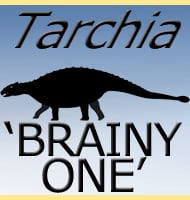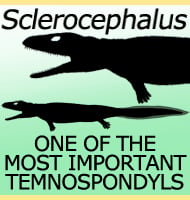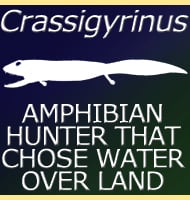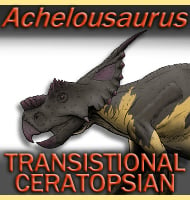In Depth
Babibasiliscus is a relative of modern day basilisk lizards, some of which are also dubbed ‘Jesus Christ lizards’ for their ability to run across water for short distances. Babibasiliscus is best known from a skull, which when compared to average modern basilisk proportions yields an estimate of about sixty centimetres long for the animal, though much of this length would have been tail. The precise diet of Babibasiliscus is unknown, but modern basilisks are usually classed as omnivores, readily hunting insects, fish, birds and small snakes, but also eating eggs and flowers as well.
Further Reading
- A New Eocene Casquehead Lizard (Reptilia, Corytophanidae) from North America. - Plos One 10 (7): e0127900. - Jack L. Conrad - 2015.









